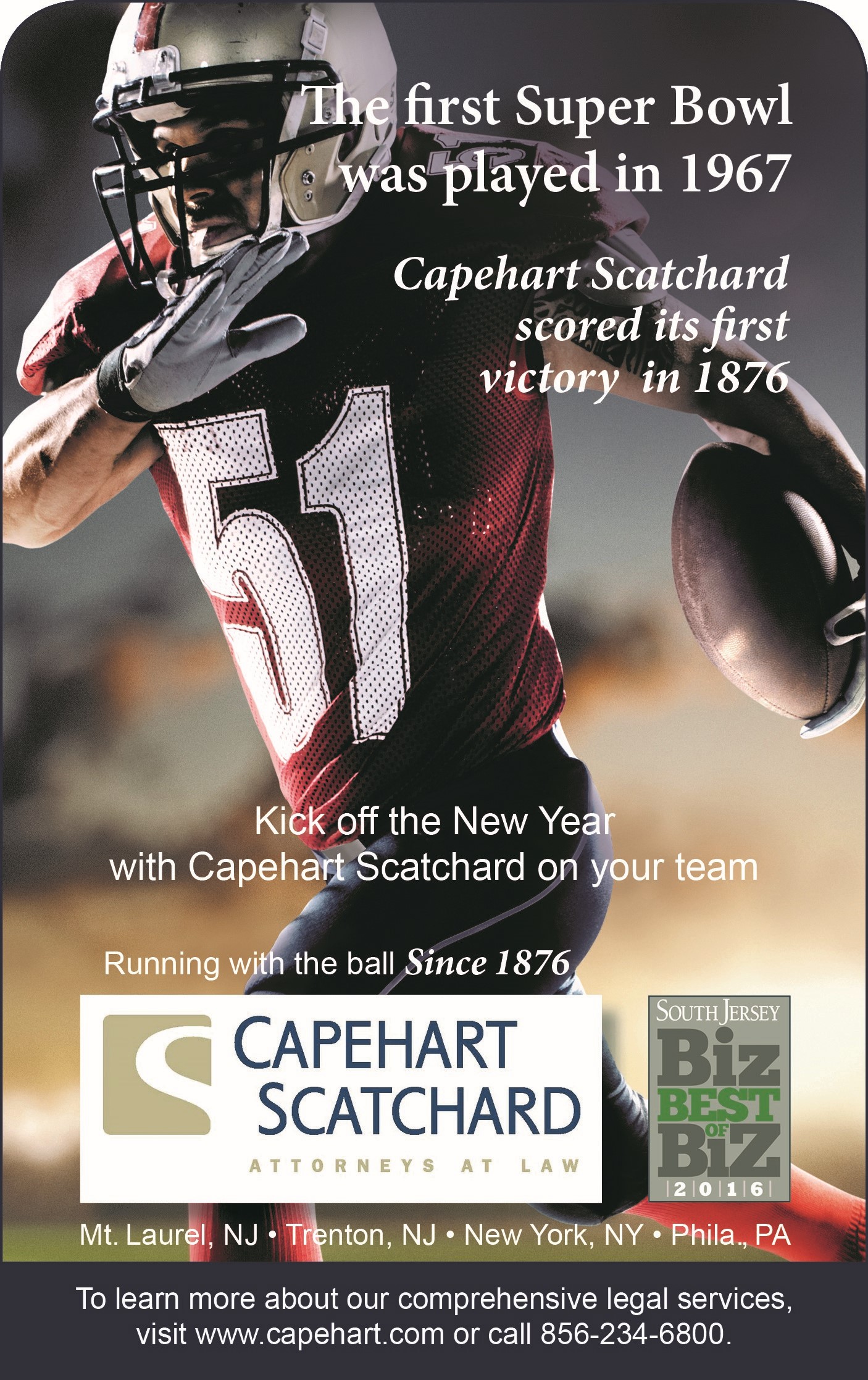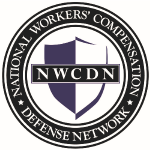Understanding Causation and Liability in Relation to Section 20 Settlements
New Jersey workers’ compensation has two kinds of settlements: those under Section 20, a full and final settlement, and those under Section 22, an accepted percentage of disability settlement with reopener rights retained by the petitioner. Section 20 settlements are popular with employers and carriers because they do not involve an admission of liability, and the case is closed for good. The two most frequent legal bases for obtaining a Section 20 settlement are liability and causation. They comprise perhaps 95% of the Section 20 settlements in the Division, with the remaining small portion involving jurisdiction and dependency. But what do liability and causation really mean?
An issue of liability refers mostly to legal considerations:
- The petitioner was not in the course of employment when injured
- The petitioner was injured on premises not controlled by the employer
- The petitioner was an independent contractor, for instance, not an employee
- The petitioner cannot meet the definition of having a permanent impairment under Section 36
In contrast, causation refers mostly to medical-legal considerations:
- The herniated disc is preexisting and was not caused by the injury
- The petitioner’s present complaints reflect a subsequent non-work incident
- The mechanism of injury is not consistent with petitioner’s pathology
The foregoing are just some examples of how causation and liability issues manifest in workers’ compensation cases. As a practical matter, it is much easier to reach a Section 20 settlement if the workers’ compensation claim has been denied from the outset. Accepted cases with objective evidence of permanent partial disability are not candidates for a Section 20. Such cases are settled under Section 22, allowing the injured worker to retain the right to reopen the case in the future for additional medical, temporary or permanency benefits within two years from the last payment of compensation.
One exception to the above rule disqualifying admitted cases from a Section 20 concerns those matters where the defense doctor disputes that there exists any permanent disability at all. If the defense IME finds zero permanent partial disability, even in an admitted case, the case may be a candidate for a Section 20 settlement. Both parties must agree, and the Judge of Compensation must approve the Section 20.
Practitioners should realize that not all estimates of zero disability are the same. If an IME doctor finds zero disability in a sprain and strain case with limited treatment and minimal lost time, the Judge of Compensation will be more likely to approve a Section 20 than a case where the defense IME has a zero estimate in the face of MRI findings of a bulging disc with radicular pain. Just because the defense IME finds zero disability does not mean that the case will be approved for a Section 20. Each case is different, and judges focus on the specific medical findings as well as the impact of the injury on the injured employee in his or her work and non-work life. Minor sprains are excluded from compensation by statute under N.J.S.A. 34:15-36. As such, admitted minor sprain cases are often settled under Section 20.
Perhaps the largest category of Section 20 settlements emerges from cases where the treating doctors have inquired about and identified preexisting or subsequent conditions that may explain the petitioner’s pathology and complaints. Often that questioning reveals prior car accidents or injuries that led to significant treatment and diagnostic testing, and that analysis often leads to a Section 20 resolution. The skill of taking a detailed past medical history, inquiring about current sports, recreational activities and second jobs, varies immensely from doctor to doctor. It takes time and effort to do this well.
Workers’ compensation is contingent health care, meaning that the physician must focus on whether the condition arises from work or perhaps from other non-work causes. Most employers and carriers err in choosing doctors from enormous lists and large networks where the focus is primarily on provider pricing. The reality is that the best results and greatest savings in workers’ compensation are directly traceable to the ability of physicians to analyze causation thoroughly and spend time taking a detailed past medical history. Occupational physicians and surgeons should be selected primarily for their medical expertise and for their skill in analyzing causation, including taking a complete past medical history and considering non-work hobbies and sports in relation to the work activity that is alleged to be the cause of the injury.








Connect with Capehart Scatchard